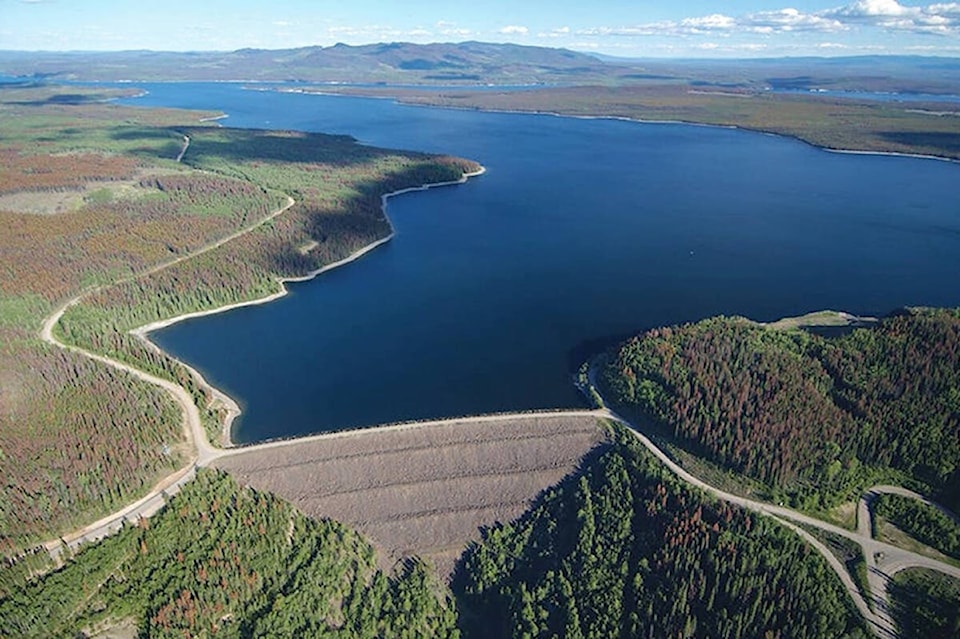In September, Rio Tinto representatives presented a comprehensive update to the Regional District of Bulkley Nechako (RDBN), focusing on several critical topics, including drought conditions, water management initiatives, and community investments.
Andrew Czornohalan, director of energy and watershed partnerships; Quinten Beach, superintendent of the Nechako Watershed and Aman Parhar, advisor for communities and social performance, began the presentation with an overview of the current drought situation in the region, where provincial advisories indicate a Drought Level 5, signalling that adverse impacts are almost certain.
Current flow rates for September showed Vanderhoof at 44 m鲁/s, Skins Lake at 32 m鲁/s, Cheslatta Falls at 31 m鲁/s, Nautley at 7 m鲁/s, and Stellako at 5 m鲁/s.
In response to these conditions, Rio Tinto said it has implemented several measures. The company is continuing to import power and has introduced modulated pots to manage energy consumption.
For 2024, the total releases under the Summer Temperature Management Program have reached 231 m鲁/s, an 18 per cent increase over the long-term average. This figure represents the third highest on record.
The Water Engagement Initiative (WEI) is currently in the feedback phase, with input being gathered on the first draft of the Phase 1 report. Technical and Southside Working Groups are scheduled to meet in October, with a main table meeting planned for November
Research efforts in the Nechako Watershed aim to understand the impact of climate change and hydrometeorological extremes on long-term water security. These studies are being conducted in partnership with the University of Northern British Columbia and focus on various topics, including hydrology, river temperature, and fish habitat.
Czornohalan, Beach, and Parhar provided additional updates. They said a desktop study has been completed to explore the feasibility of wind generation along the reservoir. Rio Tinto said it plans to work with First Nations communities before conducting a larger study.
In addition an Order of Magnitude Study at Kenney Dam has been conducted. Engagement with federal and provincial governments, as well as First Nations, is underway to create a pathway for this project. The facility aims to benefit the ecosystem by releasing large quantities of water without generating electricity, in line with temperature control needs.
Dredging Tahtsa Narrows will be another project included in the Order of Magnitude study. The representatives said extensive stakeholder engagement will be necessary before moving forward with a feasibility study.
Rio Tinto also has a Summer Temperature Management Program underway. Mandated as part of Rio Tinto鈥檚 water license, particularly important during drought conditions. Improvements to the program are being considered
Rio Tinto also completed a seven-year dam safety review, resulting in updated inundation mapping. A roadshow is planned for 2024 to share findings with the public.
The presentation also provided an overview of the social investment initiatives by Rio Tinto in the area. As of September 23, 2024, Rio Tinto said it contributed $924,265 to watershed communities, with further partnerships expected in the fourth quarter of 2024. Key partnerships in Vanderhoof include the Youth Centre, Zone 1 Robotics, and the Nechako White Sturgeon Conservation Centre. In 亚洲天堂 Lake and the Southside area, partnerships focus on the Foundry project, Cultural Camps, and campsite maintenance.



